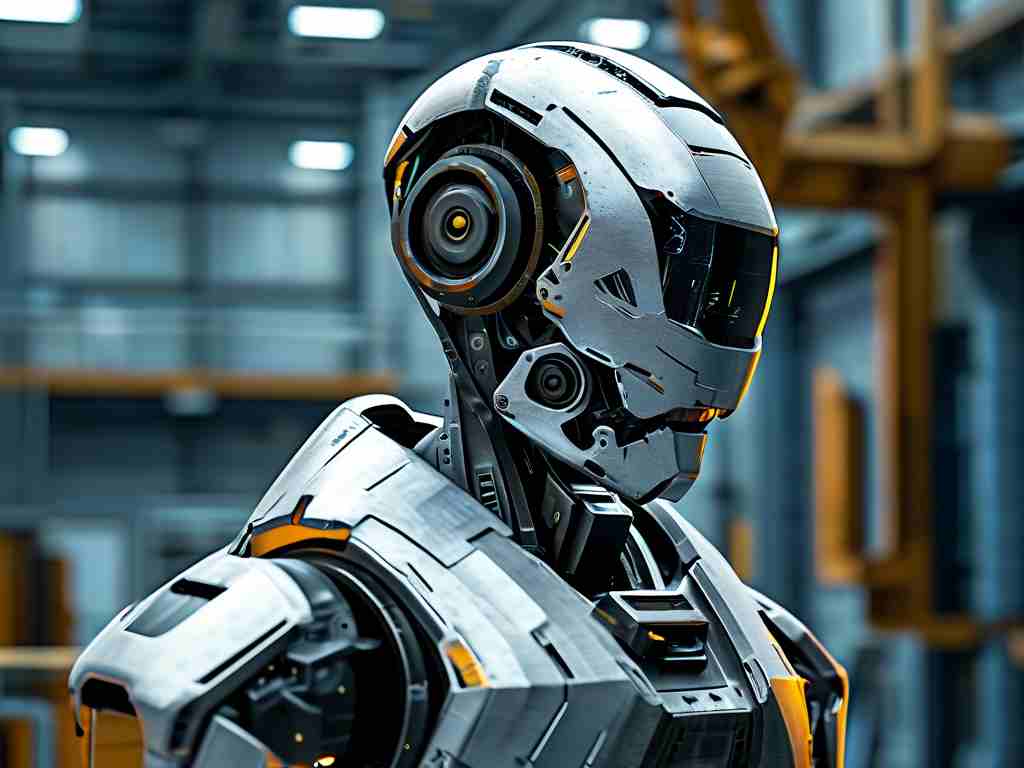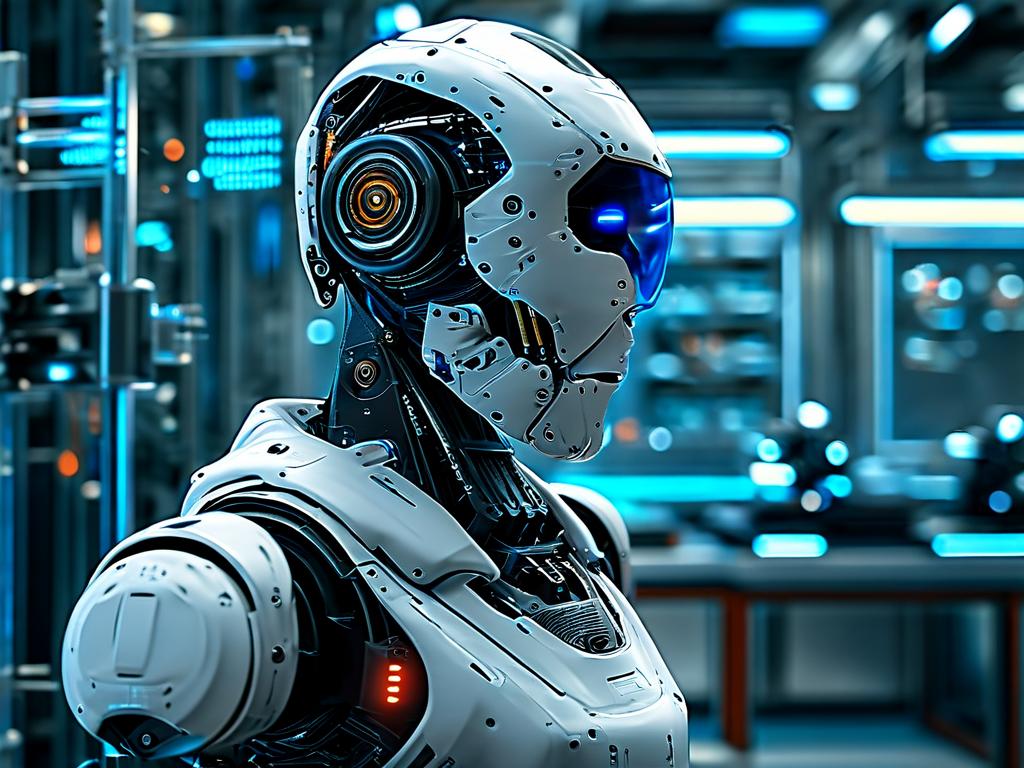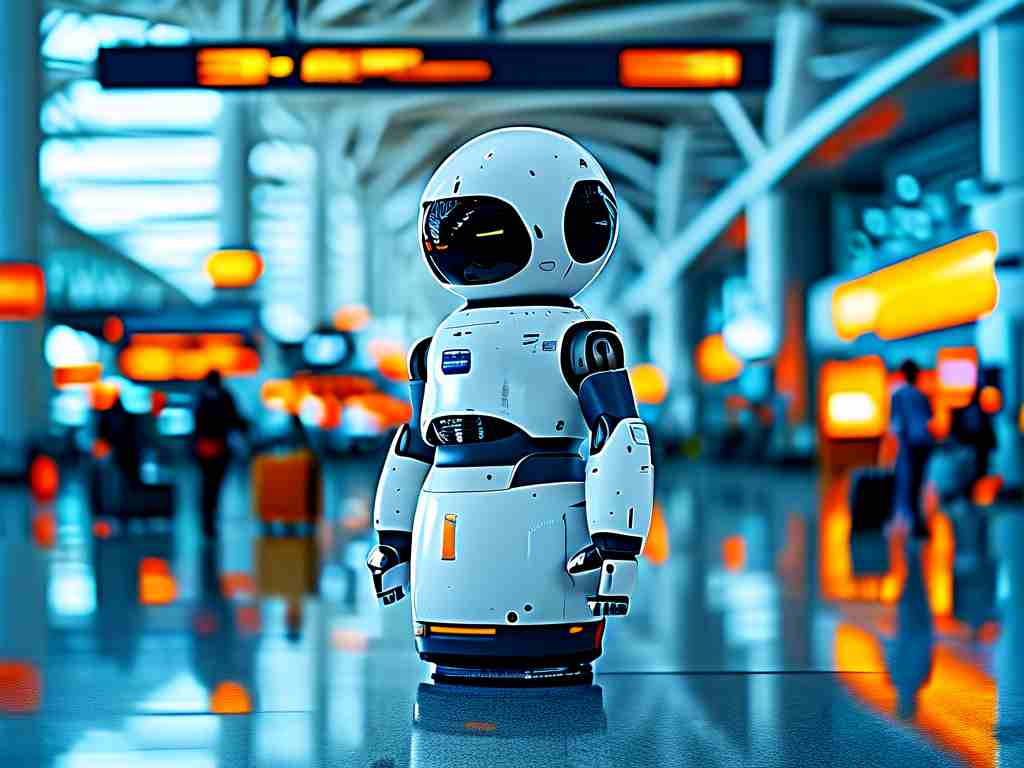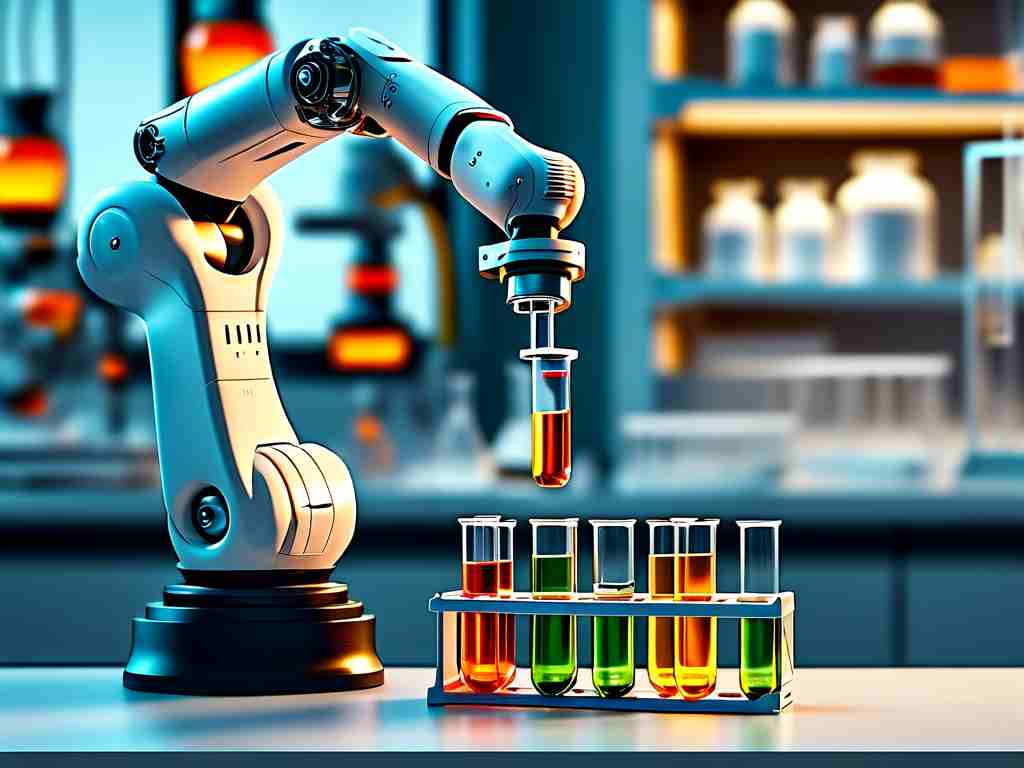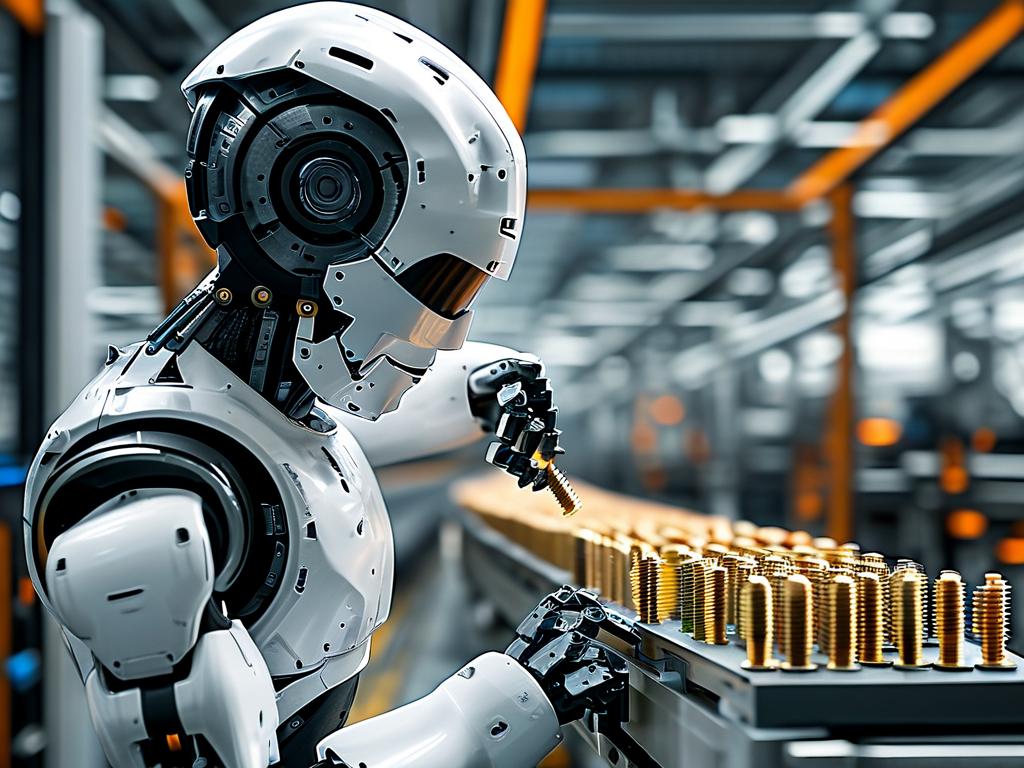In modern food production facilities, robotic dough kneading systems have revolutionized traditional baking processes. Unlike manual kneading that relies on human intuition, these machines employ advanced motion control algorithms and sensor fusion technologies to replicate – and often surpass – the precision of skilled bakers' hands.
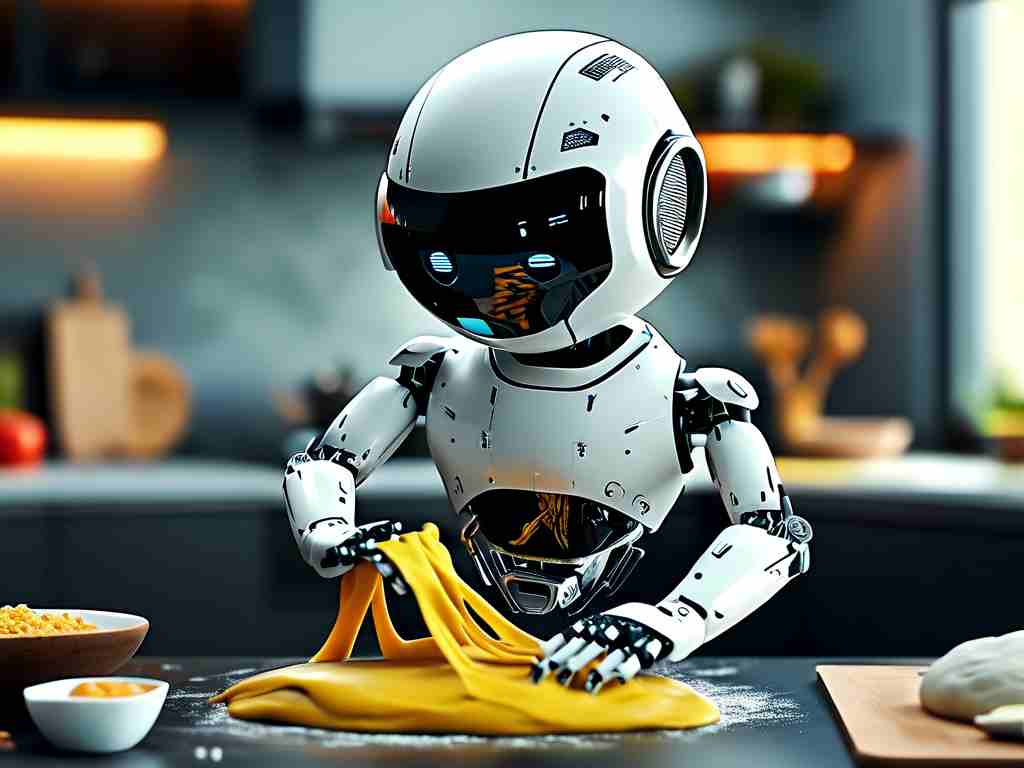
At the core of robotic kneading systems lies a sophisticated force-torque feedback mechanism. Six-axis robotic arms equipped with specialized end-effectors perform spiral folding motions while continuously monitoring dough resistance through embedded pressure sensors. This real-time data feeds into adaptive control units that automatically adjust rotational speed (typically ranging from 45-120 RPM) and downward pressure (5-15N) based on flour hydration levels detected by infrared moisture sensors.
The kinematic chain design enables three-dimensional manipulation critical for gluten development. Unlike stationary mixers, articulated robots execute compound movements combining vertical compression (8-12mm amplitude) with horizontal stretching (150-300mm range), mimicking the "slap-and-fold" technique used in artisan bread making. Thermal regulation subsystems maintain dough temperature within ±0.5°C of preset values through Peltier-cooled mixing bowls, ensuring consistent fermentation conditions.
Material science plays a crucial role in component design. Food-grade polycarbonate end-effectors with micro-textured surfaces (Ra 3.2-6.3μm) provide optimal friction coefficients between 0.4-0.7, preventing dough sticking without compromising kneading efficiency. Stainless steel joints rated IP69K withstand high-pressure steam cleaning while maintaining positional accuracy of ±0.05mm after 10,000 operational cycles.
Machine vision systems enhance process control through multispectral imaging (400-1000nm wavelength range). Cameras mounted above workstations analyze dough texture development by tracking bubble formation patterns and color changes during oxidation. This data integrates with machine learning models trained on over 50,000 kneading cycles to predict optimal stopping points, reducing energy consumption by 18-22% compared to timed operations.
Industrial deployments demonstrate remarkable efficiency gains. A Tokyo-based bakery reported 34% faster gluten network formation using robotic systems versus manual kneading, while a Munich pretzel factory achieved 99.2% consistency in dough elasticity measurements. The technology particularly excels in handling specialty flours – a robotic kneader in Barcelona successfully processes spelt dough with 86% whole grain content, a task previously considered too challenging for automation.
Despite these advancements, technical challenges persist. Variations in atmospheric humidity (especially beyond 45-65% RH range) still require manual calibration offsets. Researchers at MIT's Food Automation Lab recently developed a self-adjusting algorithm that uses weather API integration to preemptively modify kneading parameters, showing promise in preliminary tests.
From an engineering perspective, the harmonic drive systems in these robots deserve special attention. These compact gear assemblies (typically 100-150mm diameter) provide the necessary torque density (up to 300Nm) for prolonged kneading operations while maintaining backlash under 1 arcmin. Liquid-cooled servo motors with 22-bit absolute encoders ensure precise angular control during the critical windowing phase of gluten alignment.
The environmental impact of robotic kneading systems presents an unexpected benefit. Energy recovery systems capture 40-60% of kinetic energy during deceleration phases, redistributing power to refrigeration units. A lifecycle analysis conducted by the European Baking Federation estimates that automated kneading reduces carbon footprint by 27% per metric ton of bread produced compared to conventional methods.
As the technology matures, hybrid systems combining robotic precision with human craftsmanship are emerging. A Parisian patisserie now uses collaborative robots (cobots) that allow chefs to manually guide initial kneading motions, which the system then replicates and optimizes. This human-machine interface approach has reduced training time for new bakers by 65% while preserving artisanal techniques.
Looking ahead, next-generation kneading robots are incorporating quantum-inspired algorithms to handle ultra-complex dough formulations. Early prototypes demonstrate the ability to automatically adjust 37 parameters simultaneously when working with novel flour substitutes like cricket protein blends or algae-based alternatives – a capability that could prove vital as global food systems evolve.
From engineering workshops to bakery floors, robotic dough kneading technology continues to reshape our relationship with this ancient culinary practice. As sensors grow more sophisticated and AI models more nuanced, we're witnessing not just automation, but the emergence of a new form of digital gastronomy that honors tradition while embracing technological possibility.



